Targeted threatened flora surveys are an important component of the field work conducted by our Ecologists. These assessments are included in the field work conducted for numerous environmental reports produced by Narla including the Review of Environmental Factors (REF), Ecological Constraints Assessment (ECA), Flora and Fauna Assessment (FFA) and Biodiversity Development Assessment Report (BDAR).
Experienced Narla Environmental Ecologists have recently identified populations of three threatened Persoonia species in the Wollondilly Shire Local Government Area.
Bargo Geebung
Persoonia bargoensis
NSW Conservation Status: Endangered
Commonwealth Conservation Status: Vulnerable
The Bargo Geebung is restricted to a small area south-west of Sydney on the western edge of the Woronora Plateau and the northern edge of the Southern Highlands.
Only a few individuals were identified in the area. This species has recovered from the seed bank following the bush fires in 2019. Individuals benefit from the reduced competition and increased light available post-bush fires and on disturbance margins including roadsides.
Mittagong Geebung
Persoonia glaucescens
NSW Conservation Status: Endangered
Commonwealth Conservation Status: Vulnerable
Within its habitat, the Mittagong Geebung is generally rare and the populations are linear and fragmented. Under ideal circumstances, the species can be locally common, though such conditions are very rare.
Similar to many Persoonia species, this species recovered post-bush fires due to reduced competition. Mittagong Geebung was present as an abundant linear population, indicating the conditions were ideal for this threatened species.
Hairy Geebung
Persoonia hirsuta
NSW Conservation Status: Endangered
Commonwealth Conservation Status: Endangered
The European honey bee Apis mellifera may be a factor in the rarity of Hairy Geebung and several other Geebungs. This is because although A. mellifera is able to collect pollen, its method of pollen transport makes it a poor pollinator of Geebungs, among many other native plant species (DPIE 2021).
This species was present as isolated individuals within the area.
It is great to see threatened flora species regenerating following the recent bush fires. Following Narla’s identification, these individuals and their habitats will be protected to promote the natural regeneration of the threatened species.




